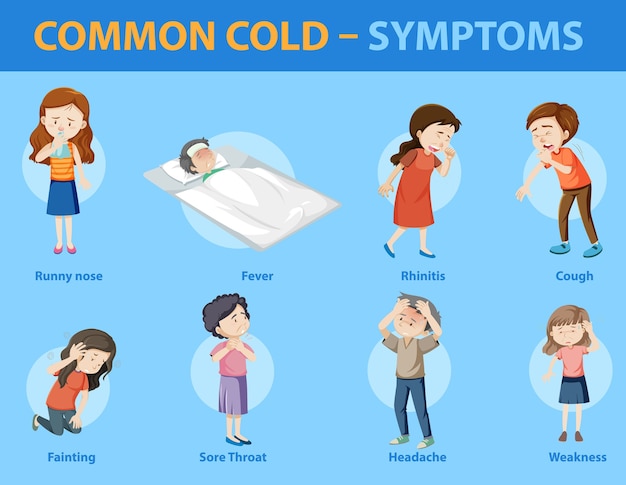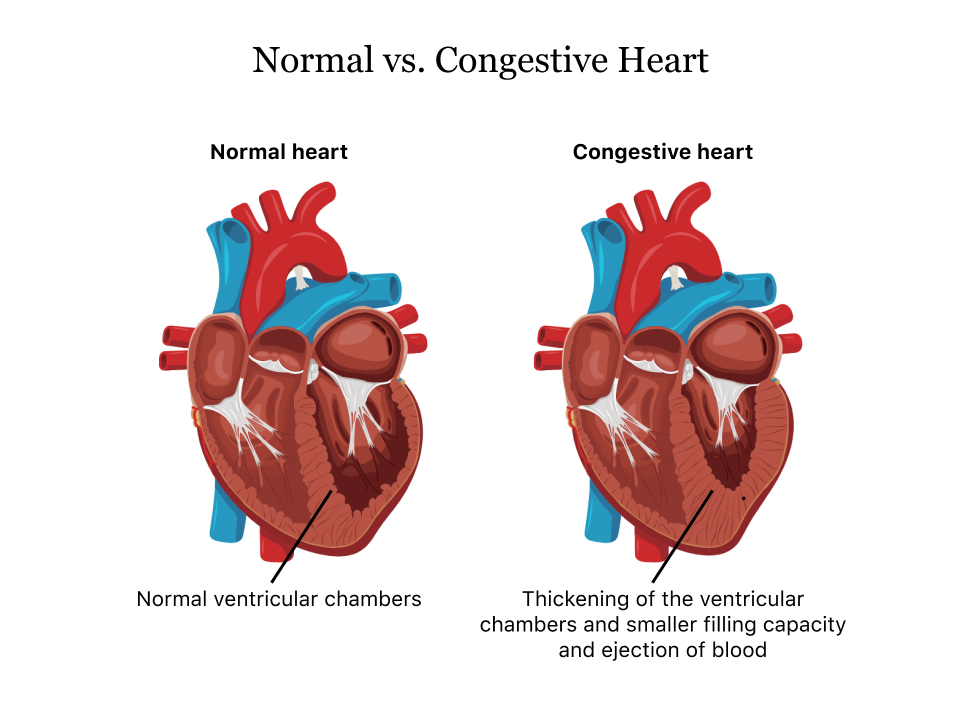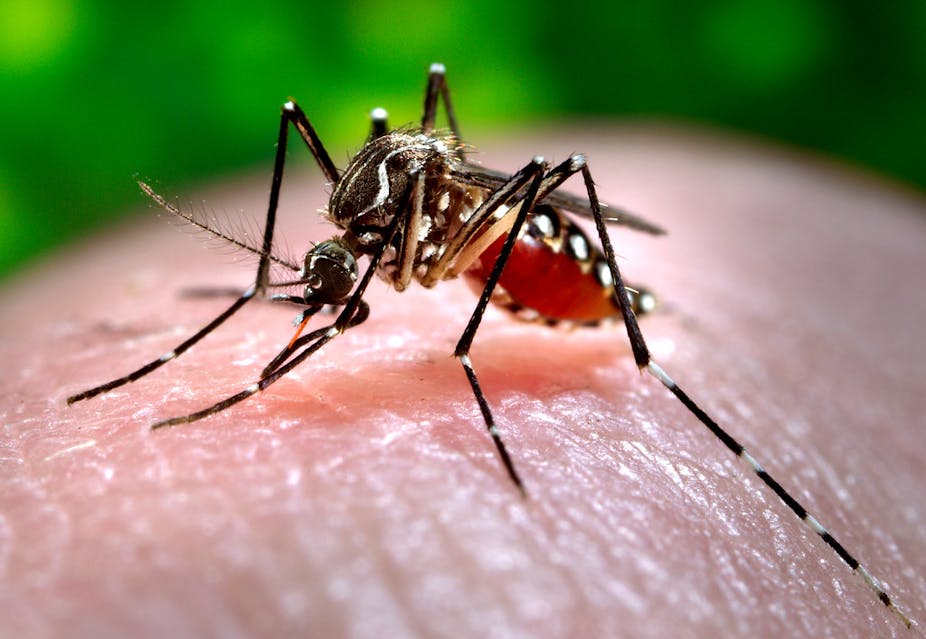Nursing Paper Example on Circadian Rhythm Sleep Disorder
Nursing Paper Example on Circadian Rhythm Sleep Disorder [SOLVED]
Causes
Circadian rhythm sleep disorder (CRSD) can stem from various factors, each contributing to the disruption of the body’s natural sleep-wake cycle. One significant cause of CRSD is irregular work schedules, particularly shift work, which requires individuals to be awake and active during hours when their body naturally signals for sleep. This mismatch between work hours and the body’s internal clock can lead to chronic sleep deprivation and persistent sleep disturbances.
![Nursing Paper Example on Circadian Rhythm Sleep Disorder [SOLVED]](https://www.pulmonarydocs.com/img/shutterstock_360063584.jpg)
Jet lag is another common trigger for CRSD, occurring when individuals travel across multiple time zones, causing a temporary misalignment between their internal circadian rhythms and the external light-dark cycle. As a result, individuals may experience difficulties in adjusting to the new time zone, leading to disrupted sleep patterns and daytime fatigue.
Certain medical conditions can also predispose individuals to CRSD. Neurological disorders, such as Alzheimer’s disease or Parkinson’s disease, can disrupt the functioning of the brain’s internal clock, impairing the regulation of sleep-wake cycles. Additionally, psychiatric conditions like depression or anxiety may exacerbate sleep disturbances, further complicating the management of CRSD.
Genetic factors play a role in the development of CRSD, with certain individuals exhibiting a predisposition to circadian rhythm abnormalities. Variations in genes associated with the regulation of circadian rhythms, such as the PER3 gene, can influence an individual’s susceptibility to CRSD.
Environmental factors, such as exposure to artificial light at night or irregular sleep patterns, can disrupt the body’s natural circadian rhythms, contributing to the development of CRSD. Modern lifestyles characterized by round-the-clock access to electronic devices and 24-hour work schedules can further exacerbate sleep disturbances, making it challenging for individuals to maintain a consistent sleep-wake cycle.
Overall, CRSD is a multifactorial disorder influenced by a combination of genetic, environmental, and lifestyle factors, highlighting the importance of addressing these underlying causes in its management and treatment. (Nursing Paper Example on Circadian Rhythm Sleep Disorder [SOLVED])
Signs and Symptoms
Circadian rhythm sleep disorder (CRSD) manifests through a variety of signs and symptoms, each affecting an individual’s sleep patterns and daytime functioning differently. One of the primary symptoms of CRSD is insomnia, characterized by difficulties in falling asleep or staying asleep throughout the night. Individuals with CRSD may find themselves lying awake in bed for extended periods, unable to achieve restful sleep despite feeling tired.
Excessive daytime sleepiness is another hallmark symptom of CRSD, wherein individuals experience overwhelming feelings of drowsiness and fatigue during the day, regardless of the amount of sleep obtained the night before. This excessive sleepiness can impair cognitive function, leading to difficulties in concentration, memory retention, and decision-making.
CRSD can also manifest as irregular sleep-wake patterns, wherein individuals experience fluctuations in their sleep schedule, with periods of sleepiness occurring at unpredictable times throughout the day. This irregularity in sleep patterns can disrupt daily activities and social functioning, making it challenging for individuals to maintain a consistent routine.
In addition to sleep disturbances, individuals with CRSD may experience mood disturbances, such as irritability, anxiety, or depression. These emotional symptoms can further exacerbate sleep problems, creating a vicious cycle of sleep disruption and psychological distress.
Other common signs and symptoms of CRSD include impaired performance in daily activities, decreased motivation, and difficulty adapting to changes in sleep schedules. These symptoms can significantly impact an individual’s quality of life, leading to social, occupational, and interpersonal difficulties.
Overall, recognizing the signs and symptoms of CRSD is crucial for early detection and intervention. By addressing these symptoms promptly, healthcare providers can help individuals effectively manage their sleep disorder and improve their overall well-being and daytime functioning. (Nursing Paper Example on Circadian Rhythm Sleep Disorder [SOLVED])
Etiology
The etiology of circadian rhythm sleep disorder (CRSD) is multifactorial, involving a complex interplay of genetic, environmental, and physiological factors. At the core of CRSD lies the disruption of the body’s internal circadian rhythms, which are regulated by the suprachiasmatic nucleus (SCN) in the brain. The SCN serves as the master pacemaker, coordinating various biological processes according to the natural light-dark cycle.
Genetic predisposition plays a significant role in the development of CRSD, with certain individuals exhibiting variations in genes associated with circadian rhythm regulation. For example, polymorphisms in genes such as PER3 and CLOCK have been implicated in predisposing individuals to circadian rhythm abnormalities, increasing their susceptibility to CRSD.
Environmental factors also contribute to the etiology of CRSD, with modern lifestyles characterized by artificial lighting, irregular work schedules, and round-the-clock access to electronic devices disrupting the body’s natural sleep-wake cycle. Exposure to artificial light at night can suppress the production of melatonin, a hormone essential for regulating sleep, leading to disturbances in circadian rhythms.
Shift work, in particular, poses a significant risk for developing CRSD, as it requires individuals to work during hours when their body naturally signals for sleep. This misalignment between work hours and the body’s internal clock can lead to chronic sleep deprivation and disturbances in the sleep-wake cycle.
Additionally, certain medical conditions and medications can disrupt circadian rhythms, predisposing individuals to CRSD. Neurological disorders, such as Alzheimer’s disease or Parkinson’s disease, can affect the functioning of the SCN, impairing its ability to regulate sleep-wake cycles. Similarly, medications that interfere with neurotransmitter signaling, such as antidepressants or stimulants, can disrupt circadian rhythms and exacerbate sleep disturbances.
Overall, the etiology of CRSD is complex and multifaceted, involving a combination of genetic predisposition, environmental influences, and physiological dysregulation. Understanding these underlying factors is crucial for developing effective interventions and treatment strategies for individuals affected by CRSD. (Nursing Paper Example on Circadian Rhythm Sleep Disorder [SOLVED])
Pathophysiology
The pathophysiology of circadian rhythm sleep disorder (CRSD) involves intricate interactions between the body’s internal clock, environmental cues, and physiological processes regulating sleep-wake cycles. At the core of CRSD lies the suprachiasmatic nucleus (SCN), a small cluster of cells located in the hypothalamus, which serves as the master pacemaker orchestrating circadian rhythms.
The SCN receives input from specialized light-sensitive cells in the retina, allowing it to synchronize with the natural light-dark cycle. Light exposure during the day signals the SCN to promote wakefulness and suppress the production of melatonin, a hormone essential for initiating sleep. Conversely, darkness at night stimulates the release of melatonin, promoting sleep onset and maintenance.
Disruptions in the natural light-dark cycle, such as those encountered during shift work or transmeridian travel, can desynchronize the SCN from external cues, leading to misalignment between the body’s internal clock and the external environment. This misalignment can result in disturbances in the timing and duration of sleep, contributing to the development of CRSD.
Furthermore, alterations in the expression of clock genes, such as Period (PER) and Cryptochrome (CRY), can disrupt the molecular mechanisms underlying circadian rhythms, further exacerbating sleep disturbances. Variations in these genes have been associated with increased susceptibility to CRSD, highlighting the role of genetic factors in its pathophysiology.
Dysregulation of neurotransmitter systems, such as serotonin, dopamine, and orexin, also plays a role in the pathophysiology of CRSD. These neurotransmitters modulate various aspects of sleep-wake regulation, including arousal, alertness, and sleep consolidation. Imbalances in neurotransmitter signaling can disrupt the delicate balance between sleep and wakefulness, contributing to the manifestation of sleep disturbances seen in CRSD.
Overall, the pathophysiology of CRSD is complex and multifaceted, involving disruptions in circadian rhythms, genetic predisposition, and dysregulation of neurotransmitter systems. Understanding these underlying mechanisms is essential for developing targeted interventions and treatment strategies to alleviate the symptoms of CRSD and improve overall sleep quality. (Nursing Paper Example on Circadian Rhythm Sleep Disorder [SOLVED])
DSM-5 Diagnosis
The Diagnostic and Statistical Manual of Mental Disorders, Fifth Edition (DSM-5), provides specific criteria for diagnosing circadian rhythm sleep disorder (CRSD). Healthcare professionals use these criteria to assess the duration, severity, and impact of symptoms, ensuring an accurate diagnosis and appropriate treatment plan.
According to the DSM-5, CRSD is characterized by persistent or recurrent patterns of sleep disturbance due to alterations in the circadian rhythm. Individuals with CRSD experience difficulties in falling asleep, staying asleep, or maintaining a regular sleep-wake schedule, leading to significant distress or impairment in social, occupational, or other important areas of functioning.
To meet the diagnostic criteria for CRSD, the sleep disturbance must cause clinically significant distress or impairment in functioning and must not be attributable to another sleep disorder, medical condition, or substance use. Additionally, the sleep disturbance must not occur exclusively during the course of another mental disorder, such as major depressive disorder or bipolar disorder.
The DSM-5 outlines several subtypes of CRSD, including delayed sleep-wake phase disorder, advanced sleep-wake phase disorder, irregular sleep-wake rhythm disorder, and non-24-hour sleep-wake disorder. Each subtype is characterized by specific patterns of sleep disturbance, such as delayed sleep onset, early awakening, or irregular sleep-wake cycles, which correspond to disruptions in the timing of the sleep-wake cycle.
Healthcare professionals use a combination of clinical assessment, sleep diaries, actigraphy, and polysomnography to evaluate sleep patterns and confirm the diagnosis of CRSD. By carefully assessing the duration, severity, and impact of symptoms, healthcare providers can develop individualized treatment plans tailored to address the unique needs of each patient affected by CRSD. Early detection and intervention are crucial for mitigating the impact of CRSD on overall health and well-being. (Nursing Paper Example on Circadian Rhythm Sleep Disorder [SOLVED])
Treatment Regimens and Patient Education
Treatment for CRSD focuses on restoring and stabilizing the sleep-wake cycle to improve overall sleep quality and daytime functioning. Behavioral interventions, such as maintaining a consistent sleep schedule, optimizing sleep environment, and implementing relaxation techniques, can be effective in managing symptoms. Additionally, light therapy, chronotherapy, and medication may be prescribed in certain cases to help regulate circadian rhythms.
Patient Education and Patient Education
Effective management of circadian rhythm sleep disorder (CRSD) involves a combination of behavioral interventions, pharmacotherapy, and patient education aimed at restoring and stabilizing the sleep-wake cycle. Tailoring treatment regimens to address the specific subtype and underlying causes of CRSD is essential for optimizing therapeutic outcomes and improving overall sleep quality.
Behavioral Interventions:
- Maintaining a Consistent Sleep Schedule: Establishing a regular sleep-wake schedule helps synchronize the body’s internal clock with the natural light-dark cycle, promoting better sleep quality and daytime alertness. Patients are encouraged to go to bed and wake up at the same time every day, even on weekends or days off.
- Optimizing Sleep Environment: Creating a conducive sleep environment can enhance sleep quality and promote relaxation. Patients should ensure their bedroom is dark, quiet, and cool, with comfortable bedding and minimal distractions. Removing electronic devices and limiting exposure to artificial light before bedtime can also facilitate the onset of sleep.
- Implementing Relaxation Techniques: Engaging in relaxation techniques, such as deep breathing exercises, progressive muscle relaxation, or mindfulness meditation, can help reduce stress and promote relaxation before bedtime. These techniques can facilitate the transition to sleep and alleviate symptoms of anxiety or tension that may exacerbate sleep disturbances.
Pharmacotherapy:
- Melatonin Supplements: Melatonin supplements may be prescribed to individuals with CRSD to help regulate the sleep-wake cycle and promote sleep onset. Melatonin is a hormone naturally produced by the body in response to darkness, signaling the onset of sleep. Supplemental melatonin can be particularly beneficial for individuals experiencing difficulties falling asleep or adjusting to changes in sleep schedules, such as shift workers or individuals with jet lag.
- Chronotherapy: Chronotherapy involves gradually adjusting sleep and wake times to gradually shift the sleep-wake cycle to the desired schedule. This approach may be used in conjunction with light therapy to realign circadian rhythms with the external environment gradually.
Patient Education:
Educating patients about CRSD and its management is essential for promoting self-care and adherence to treatment regimens. Patients should be informed about the importance of maintaining a regular sleep schedule, avoiding stimulants close to bedtime, and practicing good sleep hygiene habits. Additionally, providing information about available treatment options and potential side effects can empower patients to make informed decisions about their health.
By incorporating these behavioral interventions, pharmacotherapy, and patient education strategies into comprehensive treatment plans, healthcare providers can help individuals with CRSD effectively manage their symptoms, improve sleep quality, and enhance overall well-being. (Nursing Paper Example on Circadian Rhythm Sleep Disorder [SOLVED])

![Nursing Paper Example on Circadian Rhythm Sleep Disorder [SOLVED]](https://i0.wp.com/post.medicalnewstoday.com/wp-content/uploads/sites/3/2022/09/circadian_rhythm_sleep_disorder_bw_1296x728_header-1024x575.jpg?w=1155&h=1528)

 Causes
Causes

 Causes
Causes

 Causes
Causes
